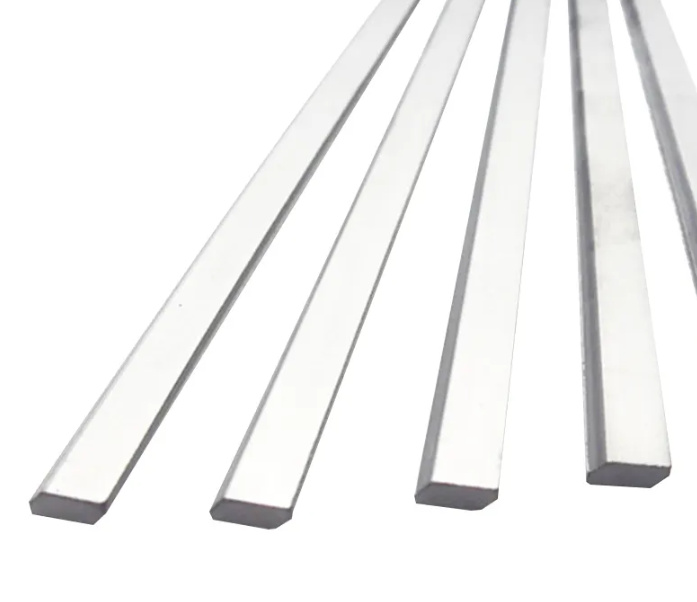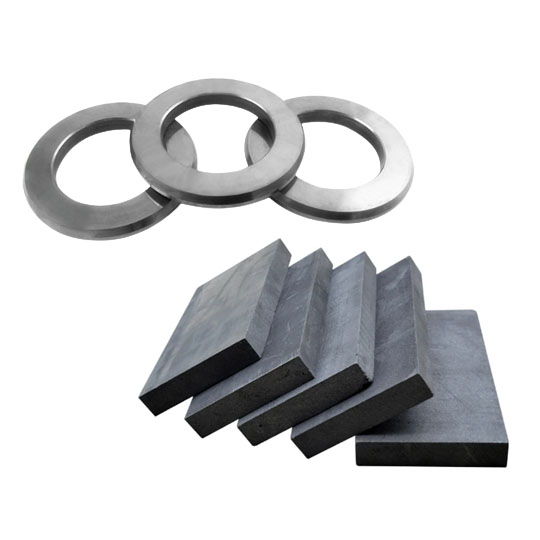Что такое твердосплавные стержни?
Твердосплавные стержни-Эти простые на первый взгляд цилиндрические металлические детали - совсем не обычные. Они - невоспетые герои многих высокопроизводительных инструментов и приложений. Но из чего именно они сделаны? Представьте себе твердость алмаза (ну, почти!) и соедините ее с упругостью стали. Вот что получается при использовании твердосплавного стержня.
Эти стержни обычно состоят из карбида вольфрама - соединения вольфрама и углерода. Добавьте немного кобальта в качестве связующего вещества, и вы получите невероятно твердый, плотный и износостойкий материал.
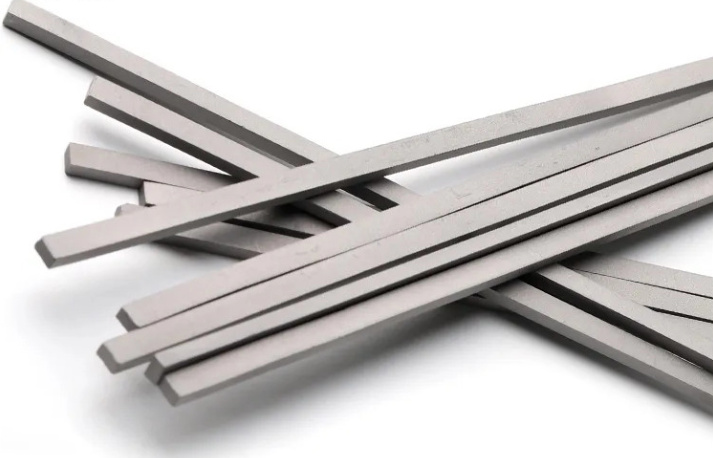
Наука о термостойкости
Что же дает твердосплавным стержням их суперспособность противостоять палящему жару? Ответ кроется глубоко в материаловедении. Температура плавления карбида вольфрама составляет около 2 870°C (5 198°F). Это горячее, чем лава большинства вулканов. Звучит впечатляюще, правда?
Молекулярная структура карбида вольфрама невероятно плотная, поэтому тепло с трудом проникает внутрь и разрушает его. Он не расширяется и не сжимается при резких перепадах температуры, поэтому сохраняет свою форму и работоспособность даже тогда, когда другие материалы начинают деформироваться или трескаться. Сравните это с быстрорежущей сталью (HSS), которая начинает терять свою твердость уже при температуре около 600°C.
Роль кобальтового связующего в термостабильности
Если карбид вольфрама - это мышцы, то кобальт - это клей. Но не просто клей - мы говорим о сверхтермостойком, промышленном клее, который держит все вместе, когда становится трудно.
Кобальт выступает в качестве связующего вещества, удерживающего зерна карбида вольфрама на месте. Его магический трюк? Он сохраняет свою прочность даже при высоких температурах. Кобальт позволяет материалу выдерживать механические нагрузки и не разрушаться. Представьте себе, что это резиновая подошва туристического ботинка. В то время как твердые части делают подъем, подошва обеспечивает плавное движение.
Процентное содержание кобальта может варьироваться - обычно от 3% до 30% - в зависимости от требуемой твердости и вязкости. Большее количество кобальта означает лучшую прочность, но несколько меньшую твердость, и наоборот.
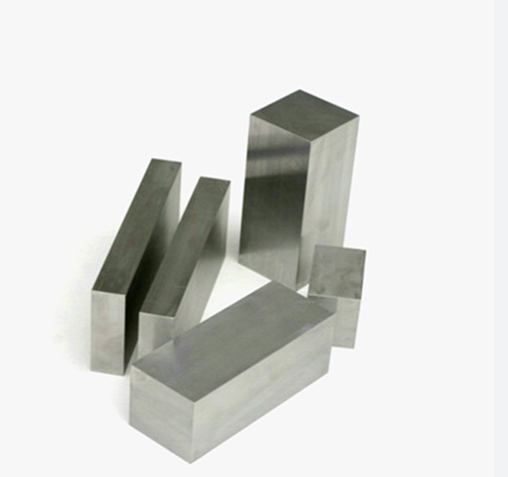
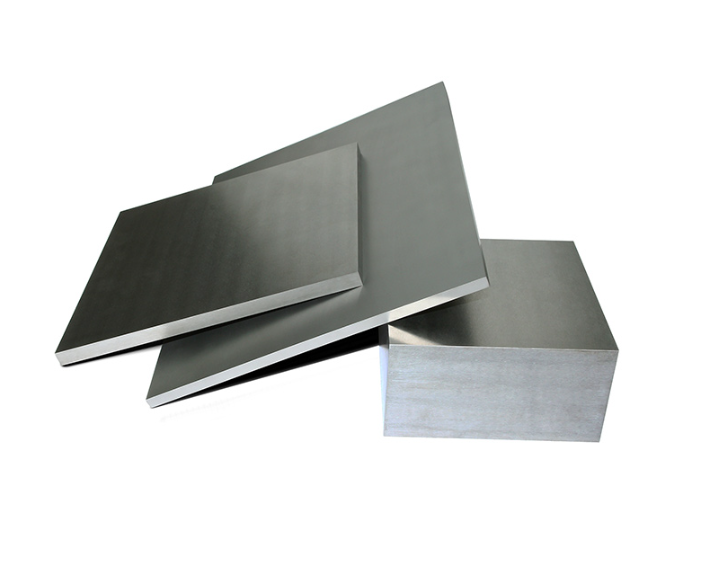

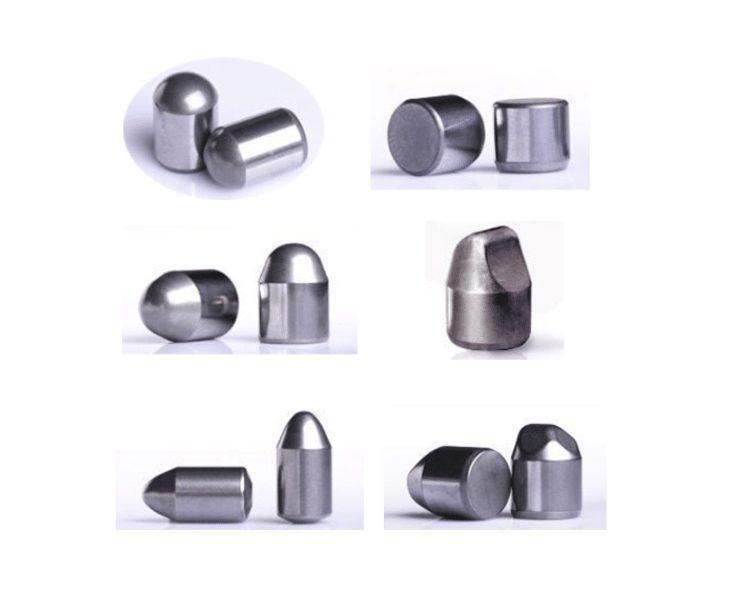
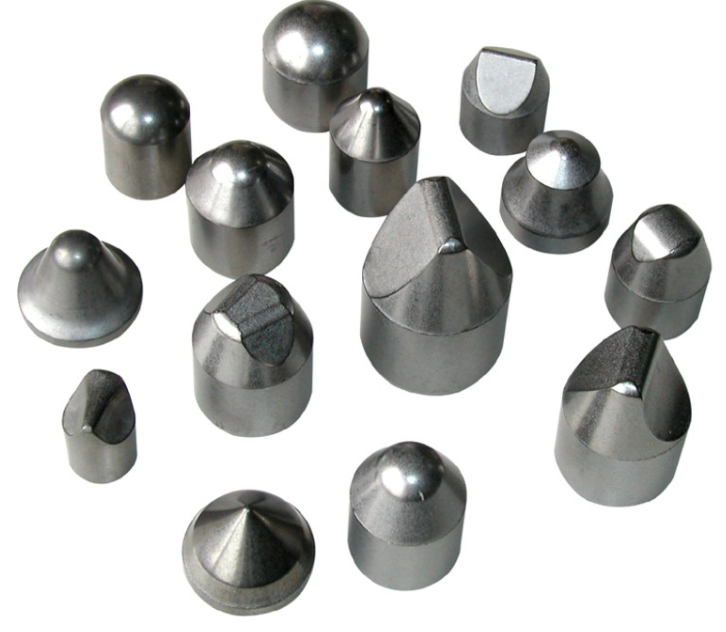
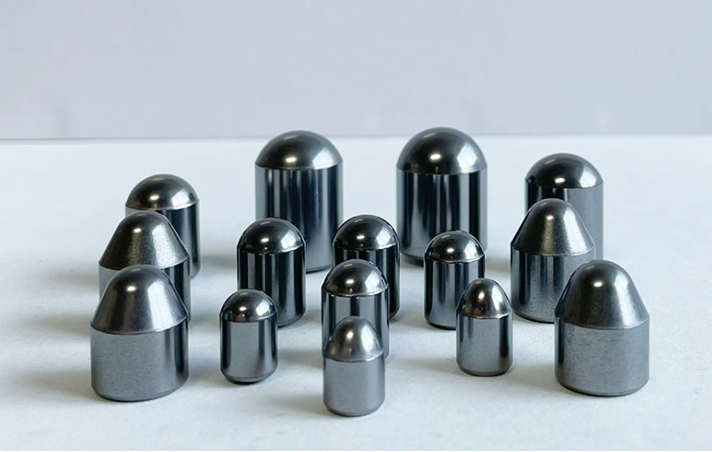
Сравнение с другими материалами по высокотемпературным характеристикам
Ниже приведена полная таблица, в которой представлены вольфрамовые твёрдосплавные стержни в сравнении с некоторыми другими широко используемыми высокотемпературными материалами. Каждый из них измеряется по таким важным параметрам, как температура плавления, твердость, тепловое расширение и стоимость.
Сравнение характеристик материалов в условиях экстремальной жары
| Материал | Температура плавления (°C) | Твердость (HV) | Тепловое расширение (x10^-6/°C) | Относительная стоимость | Стабильность при 1000°C |
|---|---|---|---|---|---|
| Карбид вольфрама | ~2870 | 1600-2200 | 4.5 | Высокая | Отличный |
| Высокоскоростная сталь (HSS) | ~1400 | 800-1200 | 10-13 | Низкий | Бедный |
| Титановый сплав | ~1670 | 700-1000 | 8.6 | Средний | Ярмарка |
| Керамика (глинозем) | ~2072 | 1500 | 7.5 | Средний и высокий | Хороший |
| Керметы | ~1700 | 1000-1500 | 6 | Средний | Хороший |
| Инконель | ~1390 | 200-400 | 13 | Очень высокий | Ярмарка |
| Молибден | ~2623 | 1500 | 5.2 | Средний | Хороший |
| Нержавеющая сталь | ~1510 | 200-300 | 16 | Низкий | Бедный |
| Ниобиевый сплав | ~2470 | 250-350 | 7.3 | Средний | Ярмарка |
| Инструментальная сталь | ~1425 | 600-900 | 10 | Низкий | Бедный |
Общие области применения в высокотемпературных средах
Вам знакомо визжащее сверло или раскаленный кончик обрабатывающего инструмента? Твердосплавные стержни - это то, что позволяет этим инструментам продолжать работать еще долго после того, как другие выйдут из строя.
В аэрокосмической промышленности они используются в компонентах, которые касаются реактивных двигателей. В автомобилестроении они используются в инструментах, обрабатывающих блоки цилиндров и тормозные диски. А в нефтегазовой отрасли? О Боже, твердосплавные стержни погребены на многие километры под землей, смеясь в лицо трению и теплу.
Но это еще не все. Вы найдете их в:
- Инструменты для резки металла
- Концевые фрезы и развертки
- Горные и строительные долота
- Деревообрабатывающие инструменты
- Высокоскоростные вращающиеся инструменты
Каждое из этих применений связано с безумным трением, давлением и нагревом - и твердосплавные стержни не дрогнут.
Защитные покрытия для повышения термостойкости
Даже Супермен носит плащ, верно? Твердосплавные стержни могут быть прочными, но при правильном покрытии они становятся практически неразрушимыми.
Давайте поговорим о популярных вариантах:
- Нитрид титана (TiN): Блестящее золото и сверхтвердость. Повышает твердость и термостойкость поверхности.
- Карбонитрид титана (TiCN): Обладает лучшей износостойкостью, чем TiN, особенно при высоких температурах.
- Нитрид титана алюминия (AlTiN): Это просто зверь. Идеально подходит для сухой обработки и творит чудеса при температурах выше 800°C.
- Алмазное покрытие: Для обработки цветных материалов. Обеспечивает безумную износостойкость.
Эти покрытия действуют как броня, защищая и без того прочный карбид от окисления, коррозии и сильного трения.
Конкретные модели металлических порошков, используемых в Твердосплавный стержень Производство
Вот некоторые из наиболее эффективных моделей металлических порошков, которые служат основой для высокопроизводительных твердосплавных стержней:
| Модель порошка | Описание | Твердость (HV) | Типовые применения |
|---|---|---|---|
| WC-10Co | 90% карбид вольфрама, 10% кобальт | 1600 | Инструменты общего назначения |
| WC-6Co | 94% карбид вольфрама, 6% кобальт | 1900 | Инструменты с высокой износостойкостью |
| WC-20Co | 80% карбид вольфрама, 20% кобальт | 1400 | Горнодобывающая промышленность, строительство |
| WC-CoCr | Кобальт-хромовое соединение | 1500 | Коррозионная стойкость |
| WC-Ni | Карбид с никелевым покрытием | 1300 | Пищевая и химическая промышленность |
| WC-TiC-Co | Добавление карбида титана | 1700 | Устойчивость к нагреванию и окислению |
| WC-12Co-VC | С карбидом ванадия | 1650 | Инструменты для нанесения противоизносных покрытий |
| WC-15NiCr | Связующее вещество из никель-хромового сплава | 1450 | Высокотемпературные среды |
| WC-8Co + Cr3C2 | Добавка из карбида хрома | 1500 | Повышенная устойчивость к коррозии и окислению |
| WC-9FeNi | Железо-никелевое связующее | 1200 | Низкая стоимость, хорошие механические свойства |
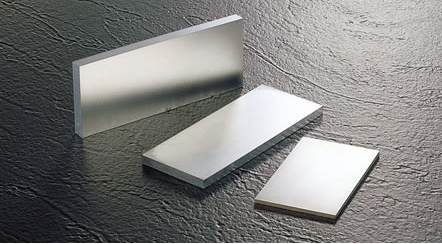
ЧАСТО ЗАДАВАЕМЫЕ ВОПРОСЫ
Часто задаваемые вопросы: Термостойкость твердосплавных стержней
| Вопрос | Ответить |
|---|---|
| Почему карбидные стержни не плавятся при высоких температурах? | Карбид вольфрама имеет очень высокую температуру плавления (~2870°C), поэтому он остается стабильным в большинстве промышленных температурных режимов. |
| Как кобальт способствует повышению термостойкости? | Кобальт действует как связующее, сохраняя целостность структуры даже при термических нагрузках. |
| Лучше ли твердосплавные стержни, чем быстрорежущая сталь, в горячих средах? | Да, твердосплавные стержни сохраняют твердость и форму там, где быстрорежущая сталь теряет свои характеристики. |
| Что произойдет, если перегреть твердосплавный стержень? | Несмотря на высокую термостойкость, перегрев может привести к разрушению кобальтового связующего и появлению термических трещин. |
| Могут ли покрытия улучшить тепловые характеристики? | Абсолютно верно. Такие покрытия, как AlTiN или TiCN, могут значительно повысить термостойкость и износостойкость. |
| В каких отраслях промышленности больше всего используются твердосплавные стержни? | На них в значительной степени зависят аэрокосмическая, автомобильная, нефтегазовая, горнодобывающая и металлообрабатывающая отрасли. |
| Как изготавливаются твердосплавные стержни? | Как правило, в порошковой металлургии металлические порошки спекаются под высоким давлением и при высокой температуре. |
| Можно ли заточить инструменты из твердого сплава, не повредив их? | Да, но для этого требуются алмазные абразивы и особая техника шлифования. |
| Все ли твердосплавные стержни одинаковы? | Вовсе нет. Содержание связующего, размер зерна и добавки создают огромную разницу в эксплуатационных характеристиках. |
| Стоит ли он того по сравнению с другими материалами? | Для высокопроизводительных и высокотемпературных сред - безусловно. Долговечность и надежность компенсируют первоначальную стоимость. |

